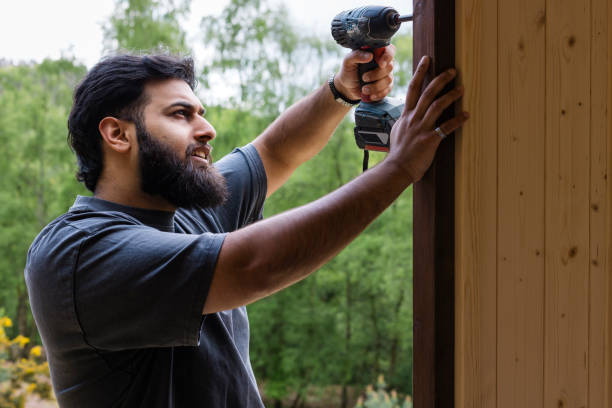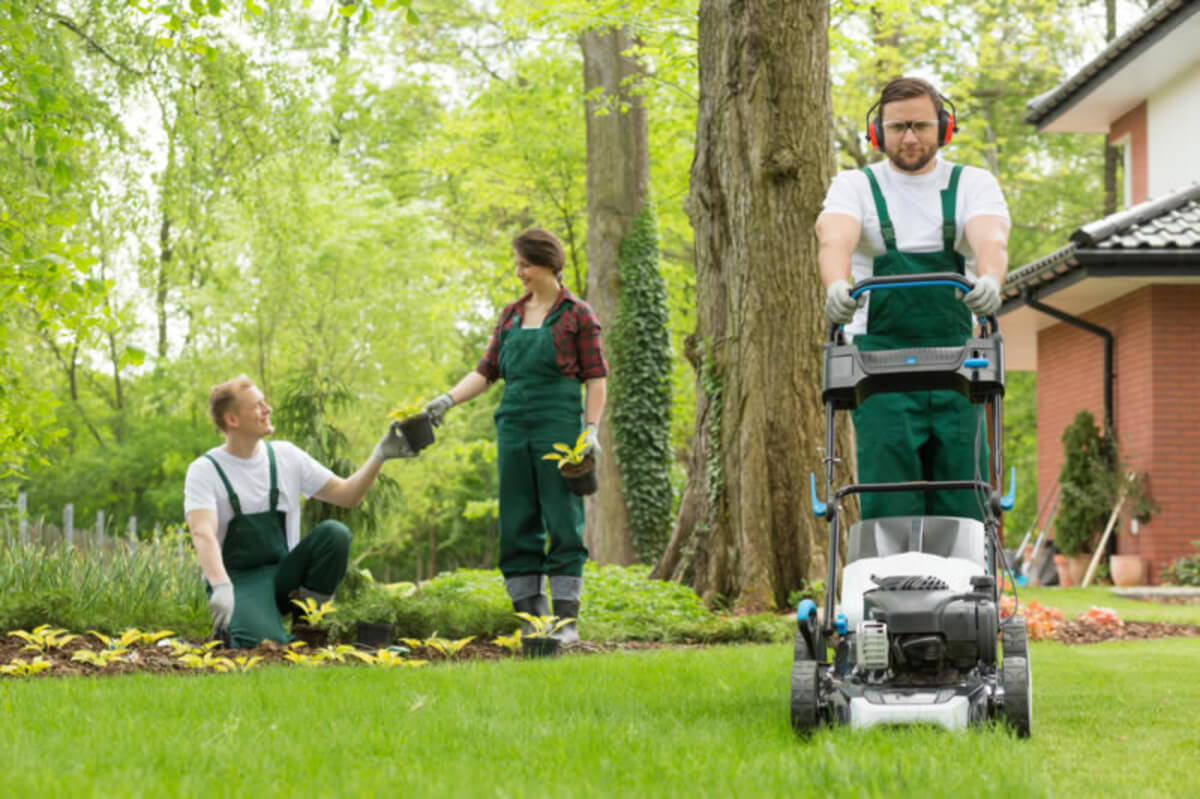Fences play a crucial role in enhancing the aesthetics and security of your property. Over time, however, wear and tear can lead to damage, necessitating timely fence repair. This guide covers essential aspects of fence repair, helping you understand the process, materials, and tips for a successful project.
Understanding the Importance of Fence Repair
A well-maintained fence not only adds curb appeal but also ensures privacy and safety. Regular repairs can prolong the lifespan of your fence, prevent costly replacements, and maintain your property’s value. Addressing issues promptly—whether they are broken panels, loose posts, or rotting wood—will help you avoid more extensive damage in the future.
Common Types of Fence Damage
Fences can sustain various types of damage, including:
- Rotting: Wooden fences are particularly susceptible to rot, especially if they are in contact with soil or exposed to moisture.
- Warping: Changes in temperature and humidity can cause wooden fences to warp, affecting their structural integrity.
- Broken Panels: High winds, falling branches, or accidents can lead to broken or missing panels, compromising security and aesthetics.
- Loose Posts: Over time, fence posts can become loose, leading to instability and potential collapse.
- Rusting: Metal fences can develop rust, which weakens the structure and affects its appearance.
Assessing the Damage
Before beginning repairs, it’s essential to assess the extent of the damage. Here’s how to do it:
- Inspect the Entire Fence: Walk along the fence line, looking for visible signs of damage. Pay close attention to corners and areas near trees or shrubs.
- Check for Stability: Push on the fence panels and posts to check for looseness or instability. This will help you identify which sections need immediate attention.
- Look for Rot: For wooden fences, check for soft or spongy areas, particularly at the base of the posts and panels. If the wood feels soft, it’s likely rotting.
Tools and Materials Needed for Fence Repair
Having the right tools and materials will make your fence repair project more efficient. Here’s a list of what you might need:
Tools
- Hammer or Nail Gun: For securing loose panels and nails.
- Screwdriver: For tightening screws on metal fences or wooden ones with screws.
- Saw: For cutting replacement wood or panels.
- Level: To ensure that your posts and panels are even.
- Measuring Tape: To measure lengths accurately when cutting or replacing sections.
- Pry Bar: Helpful for removing broken or rotting sections.
Materials
- Replacement Panels: Match the style and material of your existing fence.
- Wood Stain or Sealant: For wooden fences, to protect against rot and weathering.
- Concrete Mix: To stabilize loose posts.
- Rust Inhibitor Paint: For metal fences to prevent further rusting.
Step-by-Step Fence Repair Process
1. Gather Your Materials
Based on your assessment, gather the necessary tools and materials before starting your repair. This will ensure that you have everything on hand, minimizing interruptions during the project.
2. Remove Damaged Sections
Carefully remove any damaged panels or posts. Use a pry bar for stubborn nails and screws. If you’re working with rotting wood, be cautious of splinters.
3. Replace and Repair
- For Broken Panels: Measure the damaged panel and cut a new one to size. Secure it in place using nails or screws.
- For Loose Posts: If a post is loose, dig around its base to expose it. Re-secure the post using concrete mix, ensuring it is level before the concrete sets.
- For Rotting Wood: If only part of a fence panel is rotting, you may be able to cut out the damaged area and replace it with new wood.
4. Reinforce Stability
Ensure that all posts are secure and that panels are firmly attached. If needed, add bracing to posts that have been re-set to enhance stability.
5. Finish and Protect
Once repairs are complete, treat wooden fences with a protective stain or sealant to prevent future damage. For metal fences, apply rust inhibitor paint to the entire surface.
Maintenance Tips for Your Fence
To prolong the life of your repaired fence, consider the following maintenance tips:
- Regular Inspections: Check your fence every six months for signs of wear or damage.
- Cleaning: Wash your fence annually to remove dirt, algae, and mildew.
- Trimming Vegetation: Keep plants and trees trimmed away from your fence to prevent moisture buildup and physical damage.
- Reapply Sealants: For wooden fences, reapply sealant or stain every few years, depending on weather exposure.
When to Call a Professional
While many fence repairs can be tackled as DIY projects, some situations may warrant professional help. If you encounter:
- Extensive Damage: If large sections of your fence are damaged, it may be more efficient to hire a professional.
- Structural Issues: If the integrity of your fence is compromised, consult an expert to assess and repair it.
- Local Regulations: Some areas have specific codes regarding fencing; professionals will be aware of these requirements.
FAQs
1. How much does fence repair cost?
The cost of fence repair varies widely depending on the extent of the damage, materials needed, and labor costs. On average, homeowners can expect to pay between $200 to $1,000.
2. Can I repair my fence myself?
Yes, many homeowners can perform minor repairs, especially if they have basic tools and skills. However, for extensive damage or structural issues, it’s advisable to seek professional help.
3. How long does a fence repair take?
The time required for a fence repair depends on the damage’s extent. Minor repairs can often be completed in a few hours, while significant repairs may take several days.
4. When is the best time to repair a fence?
The best time to repair a fence is during dry weather when the ground is firm. Avoid repairs during heavy rains or freezing temperatures, as these conditions can complicate the process.
5. How can I prevent future fence damage?
Regular maintenance, including inspections, cleaning, and timely repairs, can help prevent future damage and extend the life of your fence.
Conclusion
Best fence repair is an essential aspect of property maintenance that can enhance your home’s value and curb appeal. By understanding the types of damage, assessing the situation, and following a systematic repair process, you can restore your fence to its former glory. Remember to perform regular maintenance to keep your fence in top condition for years to come.




